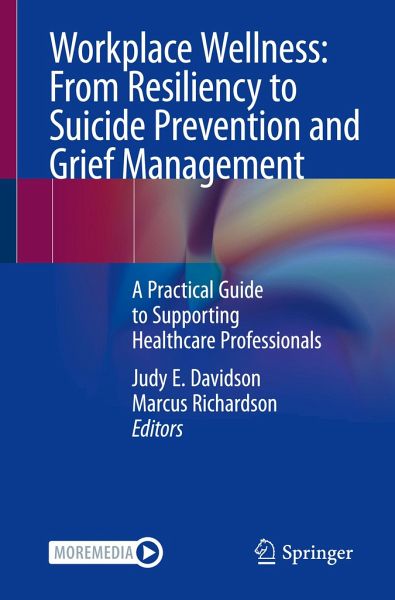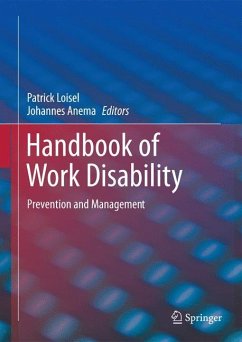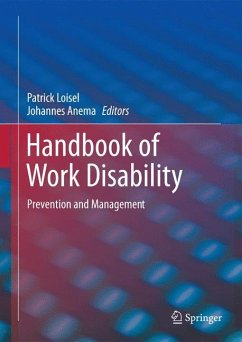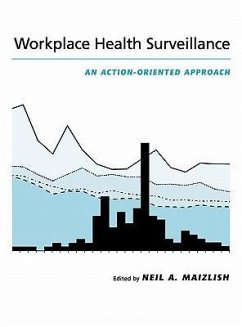
Workplace Wellness: From Resiliency to Suicide Prevention and Grief Management
A Practical Guide to Supporting Healthcare Professionals
Herausgegeben: Davidson, Judy E.; Richardson, Marcus

PAYBACK Punkte
29 °P sammeln!
This book uniquely provides actionable strategies along the wellness continuum in multiple dimensions: personal, institutional and professional; while applicable across disciplines: nursing and allied health, advanced practice providers and physicians. Further, the content is presented in a manner that can be taught to those entering the workforce, or serve as a primer for Wellness Officers. Most mental health texts focus on the needs of patients and ignore the mental health needs of clinicians. This book fills that gap embracing wellness initiatives as a matter of mental health. Wellness stra...
This book uniquely provides actionable strategies along the wellness continuum in multiple dimensions: personal, institutional and professional; while applicable across disciplines: nursing and allied health, advanced practice providers and physicians. Further, the content is presented in a manner that can be taught to those entering the workforce, or serve as a primer for Wellness Officers. Most mental health texts focus on the needs of patients and ignore the mental health needs of clinicians. This book fills that gap embracing wellness initiatives as a matter of mental health. Wellness strategies for Inclusion Diversity and Equity are presented. The often ignored subject of suicide is approached head-on with evidence-based strategies for prevention. At the far end of the continuum of wellness, grief management after losing a colleague to death and/or suicide will be addressed. Each chapter includes learning objectives, a brief presentation of the science, application of principles into wellness practice, opportunities for future research and discussion questions. Artwork created by healthcare workers are included to augment transfer of knowledge through art as a way of knowing. Videos are offered to demonstrate through simulation lessons taught through the book.












